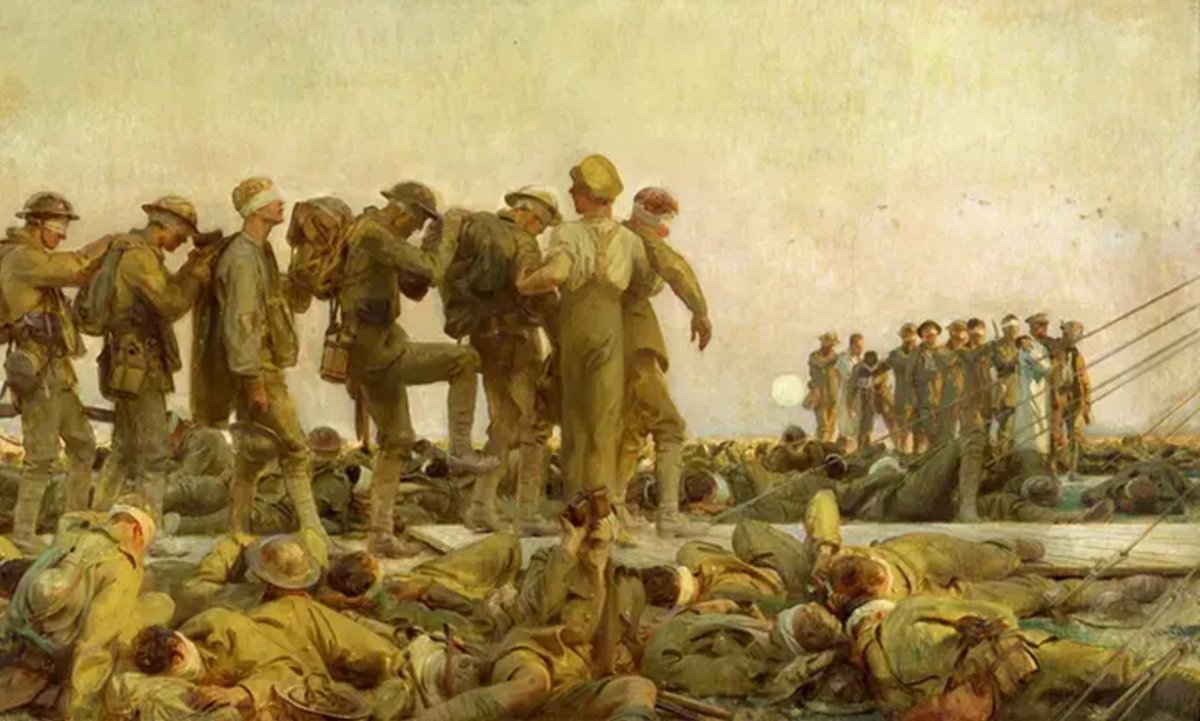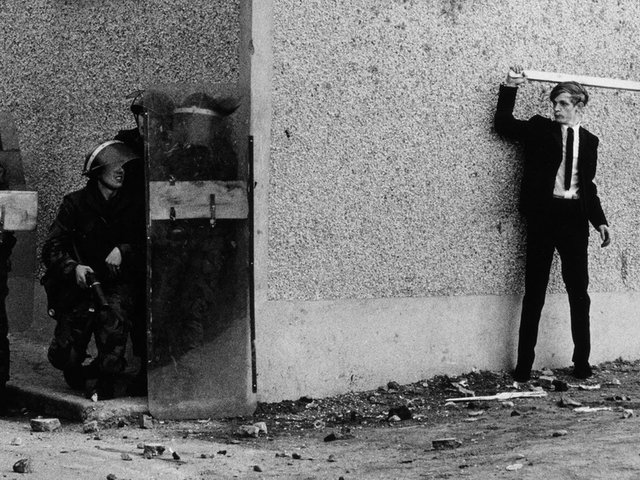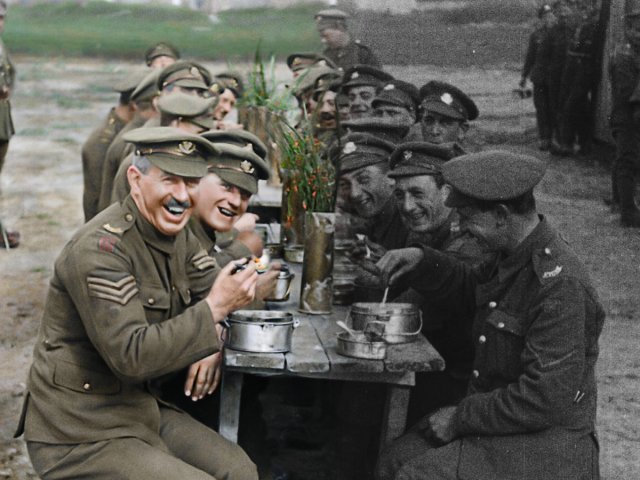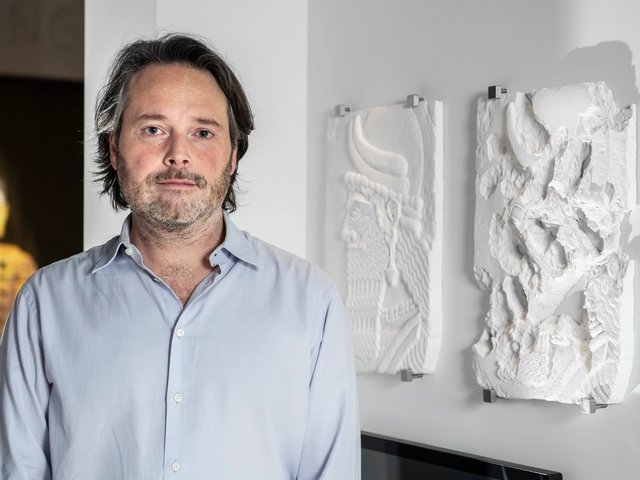The Imperial War Museum (IWM) in London has restored Gassed (1919), John Singer Sargent’s famous painting of British soldiers being guided through a desolate battlefield in France after being blinded by mustard gas.
The painting, more than 6m wide, is traditionally the most popular work at the museum. But conservators realised that, in the 1970s, it had been covered with a thick layer of varnish that had dulled and altered Sargent’s choice of colour palette; Sargent painted the picture at sunset, with the sky a hazy pink. The painting will now introduce visitors to the new Blavatnik Art, Film and Photography Galleries, which open on 10 November, to coincide with Remembrance Sunday.
“The museum holds one of the most significant collections of British fine art in the world”, according to Rebecca Newell, its head of art. But until now the museum has not explored, in a chronological and thematic way, how the art of war has shifted over the course of the last century.
IWM continues to actively commission conflict artists, and Newell is keen to stress the museum’s more recent engagement with artists from the developing world, many of whom have direct, personal experience of the conflicts Britain has only indirectly or partially been involved in.
The job of the museum, Newell says, is to “respond to decreasingly definable and less categorisable aspects of contemporary conflict” and “commission more reflective, conceptual, probing work by independent artists no longer necessarily embedded in conflict zones”.





